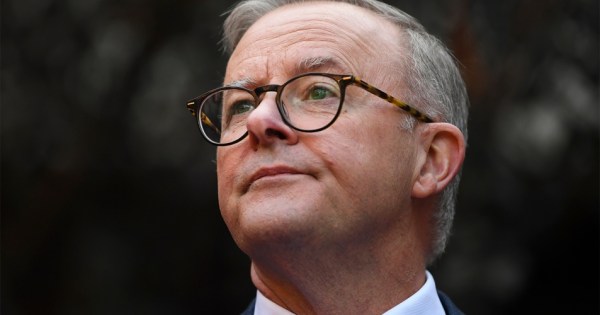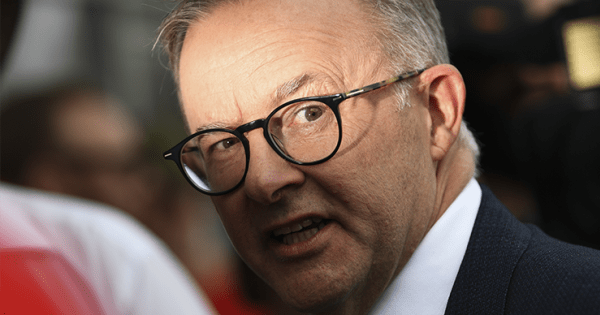It’s an election year and the campaign videos have already started. Witness this effort from the Greens, launched on Wednesday. Titled Make History Melbourne, it showcases Greens candidate Adam Bandt, who will be trying to take the seat of Melbourne from finance minister Lindsay Tanner.
Winning a House of Reps seat at a general election would be a big breakthrough for the Greens; doing it by knocking off a senior cabinet minister would be doubly significant. But although Melbourne is the Greens’ best seat, they still need a swing of 4.7%. Given Tanner’s improved profile from being in government, that’s going to be hard to manage.
The federal seat of Melbourne also covers the territory of the Greens’ strongest state seats in Victoria — Melbourne (why can’t the different electoral authorities avoid duplicating names?), Richmond and small parts of Brunswick and Northcote — so the Greens are effectively treating federal and state as a single campaign. And at state level, things could get very interesting.
To win seats from Labor, the Greens need to do three things. First, convince the Liberals to give them preferences; second, get ahead of the Liberals so that those preferences get counted; third, keep Labor’s primary vote far enough below 50% for the preferences to be able to put them ahead. (Winning seats from the Liberals involves the same strategy, just swap the party names around.)
As long as the first two of those are covered — if they’re well ahead of the Liberals and getting Liberal preferences — then it doesn’t much matter how the Labor vote comes down. A swing from Labor to Liberal is almost as good as a swing from Labor to Greens, because most of the Liberal vote will come back to the Greens when the Liberal is eliminated (at least 75%, maybe 80%).
This is the big difference between the federal and state seats in Melbourne. In the four state seats mentioned above, the Greens finished well clear of the Liberals last time (Melbourne was the closest, at 6.7% three-party-preferred; Brunswick was a crushing 14%). But in federal Melbourne, the Greens only just edged out the Liberal by 0.7% (25.1% to 24.4% three-party-preferred).
So in the federal seat, the Greens have to get a big boost in their own vote in order to win: if there’s a swing to the Liberals, they risk dropping to third place. But in the state seat of Melbourne, where the Labor-Greens margin in 2006 was just 2%, things are much easier. A 4% swing to the Liberals would be enough to give them the seat, even if the Green vote didn’t move. It would also put Richmond and Brunswick in contention, both of which have Labor on a 3.6% margin. Only Northcote, on 8.5%, seems relatively secure.
So while Tuesday’s Crikey — ‘Altona means nothing for Brumby in November‘ — rightly criticised the Herald Sun for a beat-up on nefarious Greens holding the balance of power, it’s not quite true to say that the prospect of a swing to the Liberals is irrelevant to the Greens’ chances. As long as voters are moving away from Labor, the inner-city Greens can reasonably expect to be the beneficiaries.








Take a city centre. The most artificial environment created by man; more contrete per square metre than anywhere else; most reliant of all localities on the stuff of human needs to be transported, burning greenhouse gas; the first locatilities to go troppo should all the trappings of our modern society such as power and water fail; the place where Gaia is most likely to be read about in a book rather than experienced first hand. Why is this where all the Greens live? Shouldn’t we start calling them Greys?
Hence Lindsay’s conspicuously receding hairline on his own behalf and talking economic sense in a the wake of a smashed election platform after the GFC.
There is a risk in the Greens’ strategy for the Federal seat of Melbourne. In the new campaign material referred to in this article, the Greens establish the seat of Melbourne as the setting of a historical campaign. If the Greens fail to win what is presented as an almost unlosable election, they risk damaging their attractiveness–or at least Adam Bandt’s–in the future. See my blog for more on the Greens campaign: http://therealewbank.com/2010/02/19/the-greens-high-stakes-strategy-in-melbourne/#more-435
BTW – Good call David Hand!